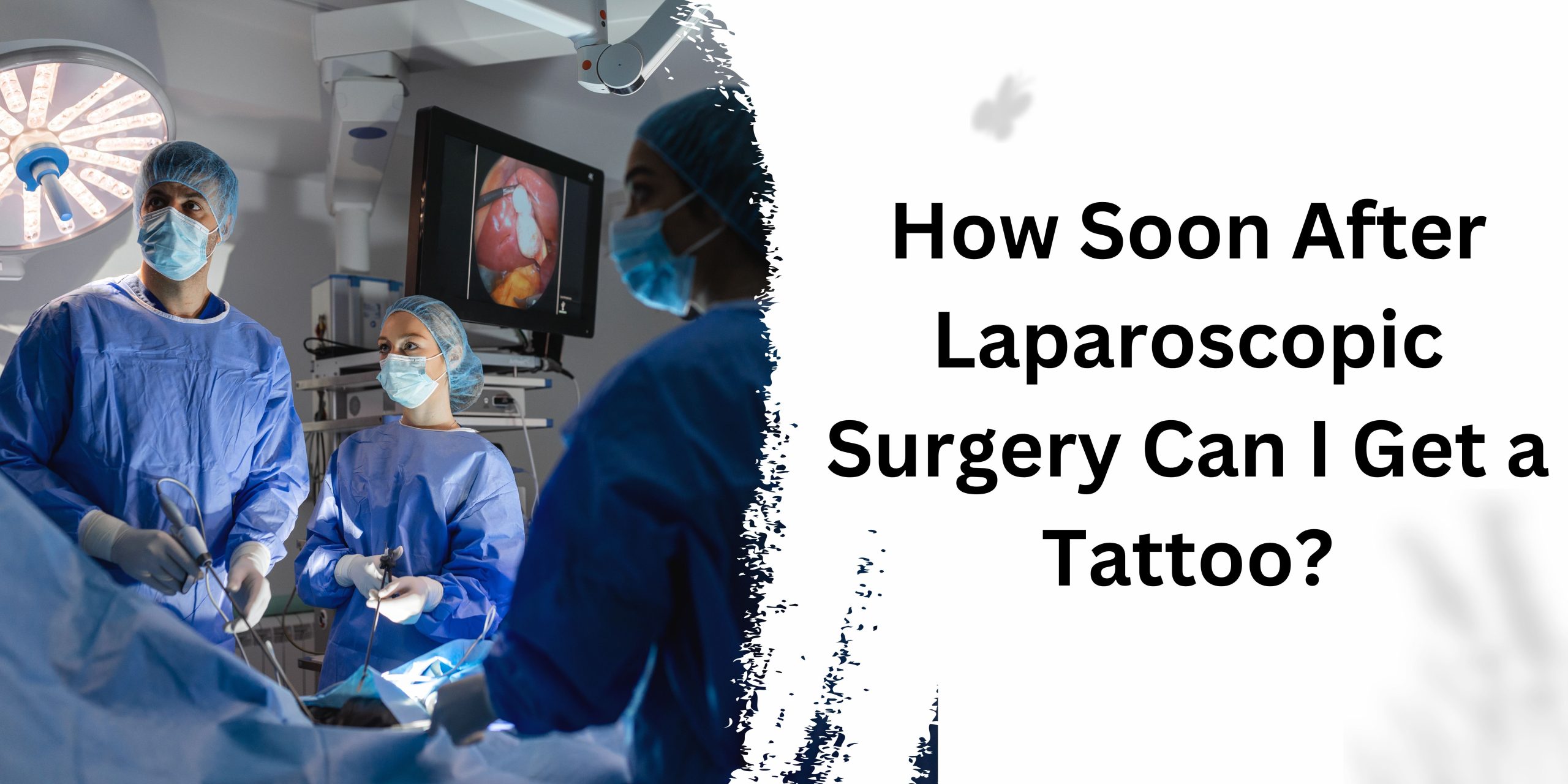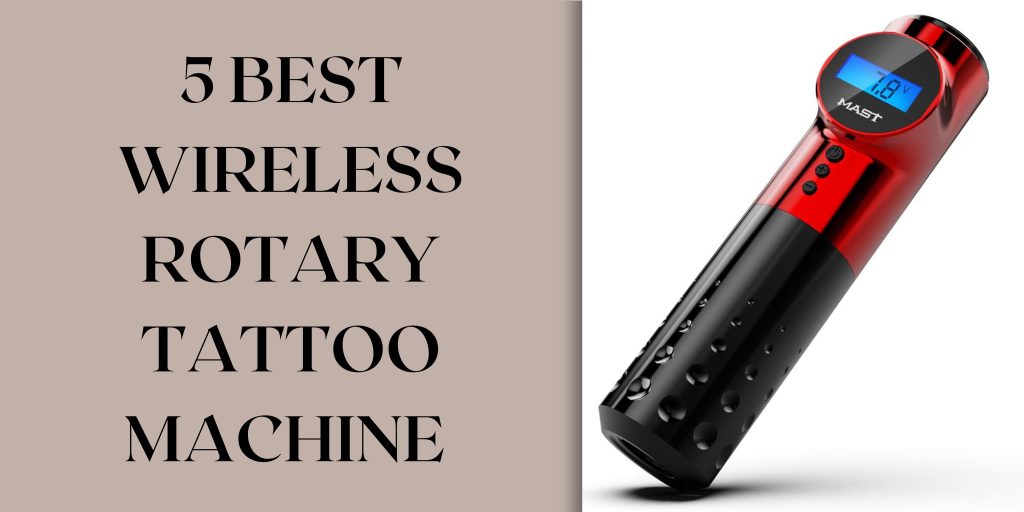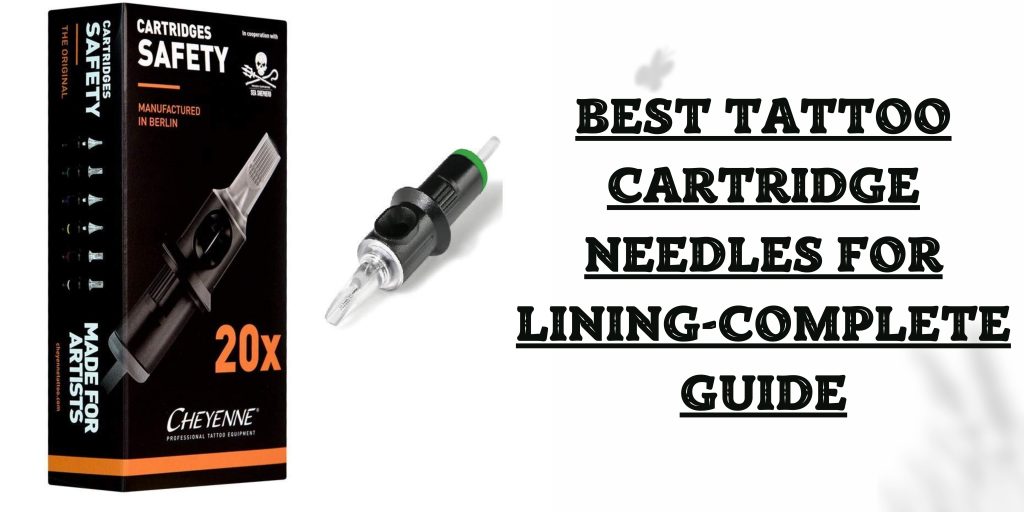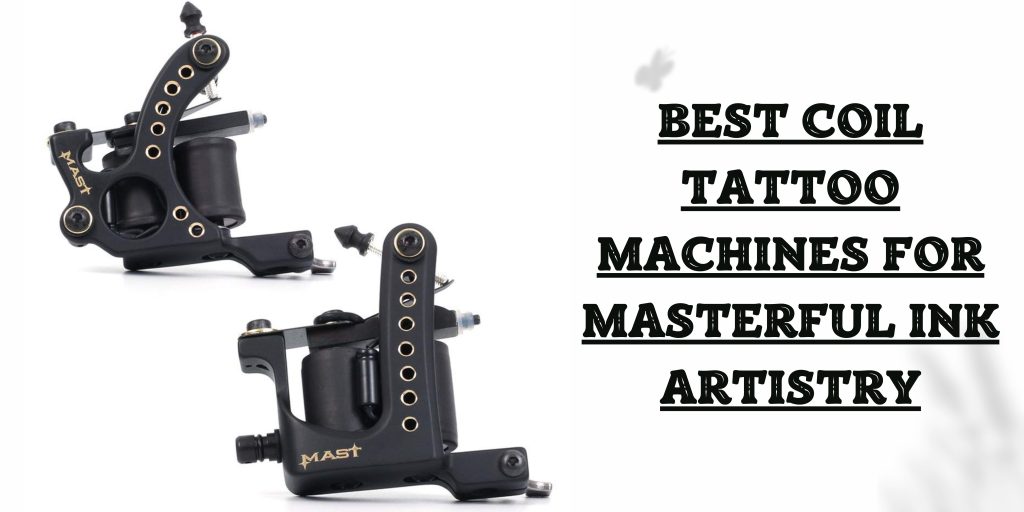You’ve just gone through laparoscopic surgery, and the first thing on your mind might be expressing yourself through body art. The burning question: “How soon after laparoscopic surgery can I get a tattoo?” Let’s delve into this inked adventure and explore the factors influencing the timing.
What Is Laparoscopic Surgery?
Before we dive into the tattoo timeline, let’s understand what laparoscopic surgery entails. Laparoscopic surgery, also known as minimally invasive surgery, involves small incisions and a camera to visualize and operate on internal organs. It’s a modern medical marvel, minimizing scarring and expediting recovery compared to traditional open surgery.
Now, let’s shift gears and talk about the much-anticipated ink after undergoing this transformative procedure.
Read More: How to become a paramedical tattoo artist

3 Factors That Can Affect How Long You Will Need to Wait
The healing journey post-laparoscopic surgery varies from person to person. Several factors play a role in determining when it’s safe to embrace the tattoo artist’s chair.
1. Individual Healing Speed:
Everyone’s body dances to its rhythm when it comes to recovery. Factors like age, overall health, and lifestyle choices influence how quickly or slowly your body heals.
2. Type of Laparoscopic Surgery:
The specific laparoscopic procedure you underwent can impact your recovery time. A minor intervention may allow for a speedier rebound, while more complex surgeries might require a bit more patience.
3. Postoperative Care Adherence:
Following your surgeon’s postoperative care instructions diligently is crucial. Neglecting prescribed medications, activity restrictions, or hygiene practices can extend your recovery period.
4 Reasons You Should Wait to Get a Tattoo After Laparoscopic Surgery
1. Reducing Infection Risks:
Fresh ink and healing wounds don’t make a happy pair. Getting a tattoo too soon after laparoscopic surgery increases the risk of infection. Your immune system is working overtime to heal internal wounds; introducing external elements can throw a wrench into the healing process.
2. Avoiding Allergic Reactions:
Post-surgery, your body might be more susceptible to allergic reactions. The tattoo ink, known for its vibrant hues, could trigger unexpected responses. Waiting ensures your body stabilizes, reducing the likelihood of adverse reactions.
3. Minimizing Discomfort:
Tattooing involves piercing the skin, a process that might be uncomfortable even under normal circumstances. Getting inked while your body is still in recovery mode could amplify discomfort and pain.
4. Preserving Tattoo Quality:
Rushing into the tattoo chair may jeopardize the quality of the artwork. The skin’s healing process is integral to the tattoo’s final appearance. Patience ensures the ink settles into a well-healed canvas, resulting in a more vibrant and long-lasting tattoo.
Read More: How to Become a Laser Tattoo Removal Technician
4 Risks of Getting a Tattoo Without Waiting After Laparoscopic Surgery
1. Infection Escalation:
An infection around a fresh tattoo is a nightmare scenario. With your immune system focused on internal healing, introducing bacteria through the tattooing process could escalate into a severe infection, prolonging your overall recovery.
2. Compromised Tattoo Healing:
Tattoos demand a well-healed canvas for optimal results. Ignoring the postoperative recovery period increases the likelihood of compromised healing, affecting the tattoo’s appearance and longevity.
3. Allergic Complications:
Your body post-surgery might be hypersensitive. Tattoo ink, typically harmless, can trigger allergic complications when the body is in a heightened state of reactivity.
4. Increased Discomfort and Pain:
The pain threshold during the tattooing process may be heightened post-surgery. What’s intended as a symbolic expression might turn into an unnecessarily painful ordeal.
Summary
In the intricate dance between laparoscopic surgery and tattoo aspirations, patience emerges as the lead choreographer. Waiting not only ensures a safer canvas for your ink but also contributes to the longevity and quality of your chosen design. So, as you navigate the post-surgery recovery, let the tattoo wait – it’s a journey worth savouring.







